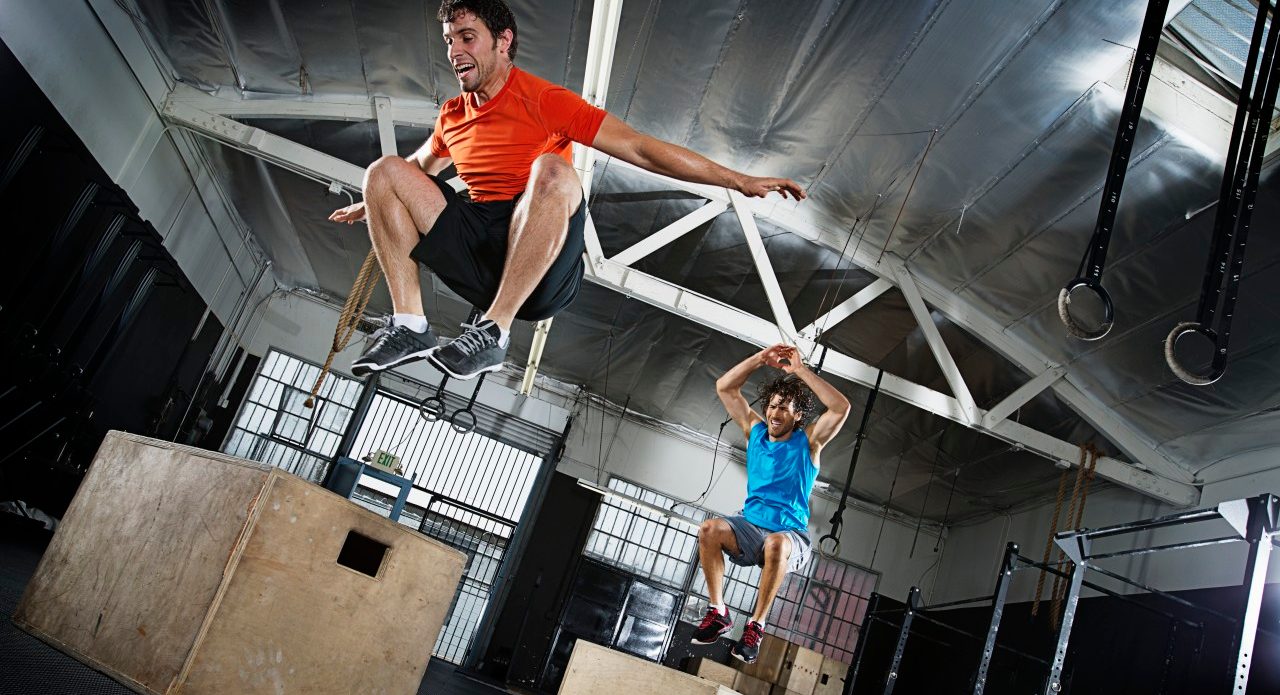Strengthen Your Core to Support Your Body

A strong core is the key to living pain free, increasing endurance, and improving balance.
Whether you’re an athlete trying to gain an edge or someone who just wants to stay in shape and feel good physically, core exercises are essential.
If you do exercise regularly, you probably know that strengthening your core is all the buzz these days. There’s a good reason. Core muscles – in your back, butt, sides, and pelvis – support your relatively delicate spine.
Strengthening all those muscles can reduce or eliminate your back pain. That’s meaningful because about 31 million Americans have chronic back pain that interferes with their lives every day.
"These muscles provide stability to your trunk. They keep your bones aligned properly so that there are no abnormal stresses on your joints," says geriatric physical therapy specialist Kelly Macauley, a clinical instructor with Harvard-affiliated Massachusetts General Hospital Institute of Health Professions.
Strengthening your core will also improve your posture – making you look taller and thinner along the way – lead to better athletic performance and improve your balance. It just makes everyday movement and daily tasks easier and safer.
If you haven’t worked on your core, then you need to know that core strengthening is different from strength training programs that isolate single muscle groups Those can lead to bulging biceps that make you look good on the beach, but don’t necessarily help integrate and coordinate your whole body movement.
Most people, when they think of muscle building, think of weightlifting. But modern research has found that regimens such as yoga and Pilates do more for your core because by definition they target those muscle groups.
Many people also are advocates of doing core exercises on a Bosu, which looks like half of an exercise ball attached to a flat surface. Because of the curve, you have to stabilize yourself on the surface, and that involves the core muscles.
Just standing on one, because of the balance factor, is strengthening your core muscles, says personal trainer Rachel Sasha. You can buy one just about anywhere sports equipment is sold.
“If you’re new to these activities, don’t be surprised if you wake up the day after a workout with aches in your lower belly, as well as your lower and upper back,” a Canyon Ranch article says. “Those are your core muscles waving hello
and thanking you for spending some time strengthening them.”
Other ways to strengthen core muscles include swimming, cycling, specific exercises like sit-ups, or any number of plyometrics, which also is known as "jump training." These are exercises that focus on specific muscles that have maximum force exerted on them in sort time intervals.
"Think of your favorite athlete in your favorite sport and what do you see?” says New Jersey personal trainer Kelly Baggett, whose plyometric workout was picked as the best by Bodybuilding.com.
“Most likely you see smooth, quick, efficient, supple and effortless movements coupled with extreme and lightning fast displays of power. The movement efficiency of a cat coupled with the explosiveness of a bolt of lighting.”
You may not need to move like a lightning-fast cat, but whether you’re carrying your groceries into the house or raking leaves, you’ll feel more balanced and exert less energy.
There’s another advantage you wouldn’t expect. With a healthy core, you’re protecting vital organs, veins, arteries, and the spinal cord, which connects all your nerves to the brain. It’s simple; when your core muscle system is strong, it forms a strong shield around some of the most vulnerable parts of your innards.
A strong and tight core even helps you breath better. The list of benefits can go on because your body core is connected to so many other parts of the body and so many other functions.
You won’t breath better with big arms, although you will be able to tear phone books in half.
Updated:
April 08, 2020
Reviewed By:
Janet O’Dell, RN